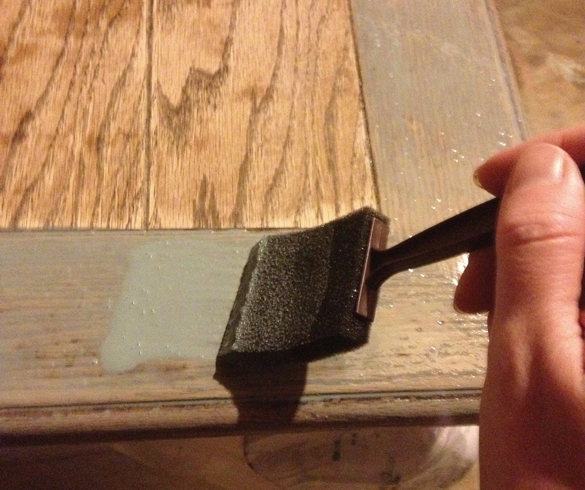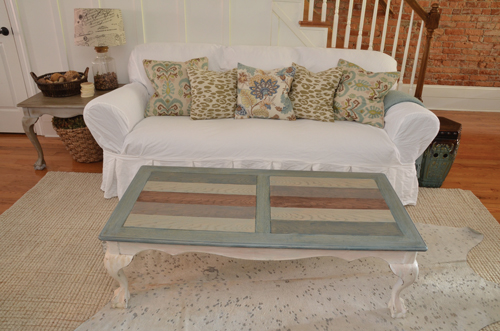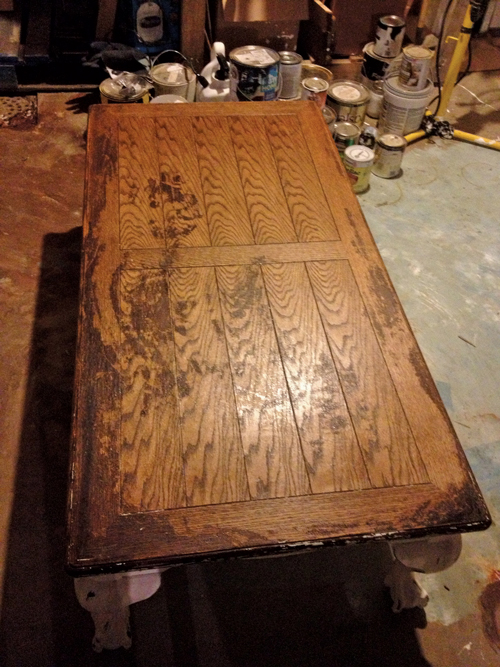
Revitalize Forgotten Furniture with a Simple DIY Transformation
Putting your own flair into an old piece of furniture or thrift store find is a creative and budget-friendly way to transform unused items into personal treasures.

Refinishing old tables, chairs and other wooden items can instill new life, making these pieces functional and contemporary once more. Whether you\’re repurposing a piece entirely, or simply updating the look, there are a few things to keep in mind:
Color: Do you have a specific room in mind to use your selected piece? If you have a place already chosen, consider a colored stain to match the room\’s décor. If not, a versatile wood tone may be a better choice.
Product: Is this your first project? If so, water-based products can be a simpler, DIY friendly alternative to oil based stains and finishes. Will your \”new\” furniture be in frequent or casual use? To protect from wear and tear on daily-use items, be sure to finish your project with an appropriate sealant or protective coat. Interior stain and sealers offer a protective element built into the product, such as Cabot Premium Wood Finish, which provides rich color and tough, durable results.
Preparation: Although you may be anxious to put your new treasure to use, taking time to properly strip and prepare your wood for its new finish will ensure the best results.
This DIY project, created by Beth Hunter, author of the blog \”Home Stories A to Z,\” shows you how to take a tired, outdated coffee table from attic to amazing in three simple steps.

Supplies:
- Chemical stripper
- Hand-held paint scraper
- Tack cloths or lint-free rags
- Rubber gloves
- Safety glasses
- Orbital sander with 60-, 120- and 220-grit discs
- Interior wood stain and sealer product, such as Cabot Premium Wood Finish (in the ready-to-use or custom-tinted to your color of choice)
- Painters\’ tape
- Paint brush
- 300 grit sand paper
- Use a chemical stripper to remove heavy layers of paint, stain or varnish. Follow the label\’s directions, allowing the stripper to sit for the designated amount of time and then gently scraping and wiping away the residue (tack cloth or lint-free rag is important, so you don\’t leave particles behind).
Tip: Remember to wear gloves approved for chemical handling and eye protection, and be sure to set up your project in a well-ventilated area. A respirator may be necessary to ensure you don\’t inhale too many powerful fumes. - Once your piece has been stripped, wiped clean with a damp rag and allowed to thoroughly dry, you are ready to sand. Although for some small projects sandpaper sheets will do, you\’ll get the best results using a quality orbital sander (there are many options in the $50 to $100 range, well worth the investment if you\’ll be doing more projects in the future).
Using the sander, start with a low-grit, coarse sandpaper (60 grit) and work up to the high-grit, fine paper (220 grit). The low grit takes off any remaining finish quickly and roughens the wood, while the finer grits smooth the wood and create a pristine surface. After sanding, use a tack cloth to wipe down your piece and remove the dust.
- Now you are ready to add color. For this project, a series of colors in the new Cabot Premium Wood Finish line were used, including Mussel Shell, Stormy Teal, Riverbed and Coffeehouse. The products in this line are water-based stain and sealers so they dry quickly, and are good choices for a DIYer because they stain and protect at once while providing high-quality, beautiful results. These finishes also offer smooth application without the need for a primer or conditioner and a simple soap and water clean-up.
If you will be using multiple colors, as with this project, tape off areas to make crisp lines. Use a brush to apply the product, and allow to dry as described on the package directions. Use ultra-fine grit sand paper, such as 300 grit, to lightly sand the first coat. Finish with a second coat.
Tips: For a richer color, use the finest sand paper possible to remove as little stain as possible between coats. Apply more layers for a darker look, or only one coat for a distressed look.
For additional DIY project ideas for your home, including tips and how-to videos, visit www.cabotstain.com.
Source
Cabot Wood Stain











